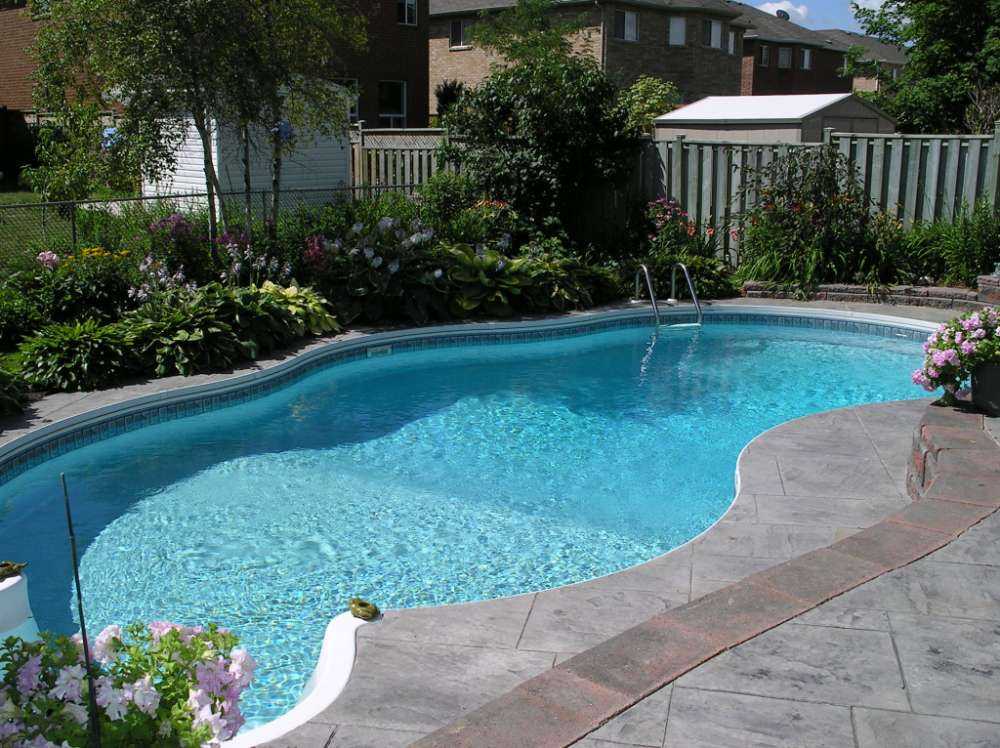BY RON BARLAY
The fall is typically the time when many homeowners contemplate the pros and cons of committing to a major financial investment – an in-ground pool.
In some regions, such as California and Texas, a swimming pool is considered a staple part of home ownership. In the Greater Toronto Area, due to the limited number of warm months, this large investment needs to be carefully analyzed before one jumps into it. In-ground pools are pricey. The average cost ranges from $25,000 to $70,000. What other factors should a homeowner consider?Firstly, one must be aware that many home buyers are averse to buying a property with an in-ground pool. The primary reason for this is safety. Many parents, especially those with young children, would prefer to avoid any risks that are associated with in-ground pools. This is especially true today with the ever-increasing media stories surrounding mishaps
Secondly, maintaining a pool can be quite an expensive proposition. Many prospective buyers shy away for this very reason. Consequently, those who are contemplating purchasing a property with a pool should first familiarize themselves with the costs of cleaning the pool, including the use of chemicals, and other on-going maintenance costs. It is worth noting that home insurance costs also increase with the addition of an in-ground pool.
Furthermore, because your home will become the most popular one in the neighborhood, all necessary precautions should be taken to keep uninvited guests away. You don’t want any misfortunes to happen in your backyard. (Also, local by-laws maintain strict regulations about legal fence requirements around pools.)
The general feeling in the marketplace is that when it comes time to sell your home, pools are not generally considered assets. They do not add value to the home. (The exception is higher-end homes which typically boast lavish pools and are situated on large lots).
For buyers who desire a swimming pool, financially speaking, it is best to purchase a home that already has a pool because they are, generally, getting the pool for a minimal cost.
Some of the following questions should be addressed before an in-ground pool is constructed: Do you have enough space in the backyard for a swimming pool? Do you do a lot of entertaining? How many years do you plan on staying in the home? How much can you afford to spend on a pool?
An in-ground pool can limit the number of individuals who will even consider your home. A high percentage of buyers are very specific in that they do not want a pool. Of course, one compromise is to purchase an above-ground pool. They are a lot less expensive and can be easily dismantled come resale time or by subsequent buyers.
And what about hot tubs? Like a pool, the decision to invest in a hot tub should be done solely for enjoyment. However, unlike a pool, hot tubs don’t greatly limit the number of potential buyers come resale time. Hot tubs can improve the appeal of your home, especially in Ontario where cool nights are a norm for most of the year. That’s because hot tubs aren’t considered to pose as much of a threat to children as pools do. (Covers are heavy and can come with child-proof locks.)
If you already live in a home and want to invest in a pool, it should be clear that this investment will not be recouped. Remember: buy a pool for your enjoyment but not as an investment.

